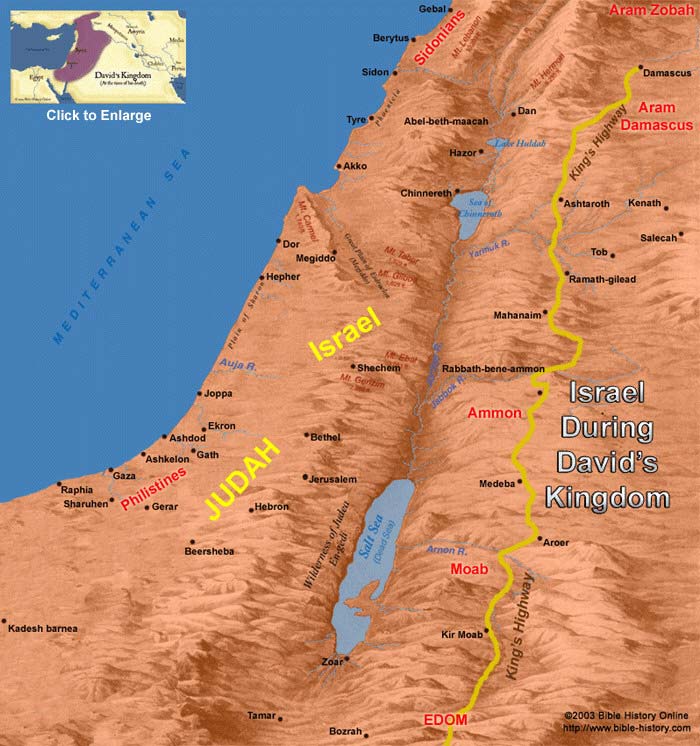Archeology Affirms Existence of Edom
“So David made a name for himself when he returned from killing 18,000 Arameans in the Valley of Salt. And he put garrisons in Edom. In all Edom he put garrisons, and all the Edomites became servants to David. And the LORD helped David wherever he went.”
2 Samuel 8:13-14 (NASB)
The Bible contains records of the checkered history of Edom–the land where the descendants of Esau lived (now southern Jordan). During the Israelites’ exodus from Egypt, the king of Edom refused passage to Moses and his people on their journey to the promise land (Numbers 20:14-22). Later, David conquered Edom (see map below), as described in 2 Samuel, but the inhabitants of that region remained a thorn in Israel’s side until the Assyrians conquered Israel.

Extrabiblical evidence shows that the kingdom of Edom existed during the 8th and 9th centuries B.C., yet David’s reign started in the 11th century B.C. Some have argued that the lack of extrabiblical evidence for the existence of Edom during David’s time means that the Bible is not a reliable historical document. Recent excavations in the relevant region now provide the support needed to refute such an argument.
According to an article published in the Proceedings of the National Academy of Sciences, parts of an extensive copper mine in the Edom region date to the 10th century B.C. In fact, the authors argue that most of the mining activity occurred during the reigns of David and Solomon. This fits well with the biblical account where Solomon undertook many construction projects that required a wealth of mined metals.
While this evidence does not prove explicitly that the biblical account is correct, it does supply support for the thesis that the kingdom of Edom existed three centuries earlier than the current scholarly consensus allows. It also provides a reminder (when seeking extrabiblical evidence in support of the Bible) that the absence of evidence does not give evidence of absence.





